In my conversations with healthcare providers, a common theme consistently emerges: the desire for solutions that can effortlessly integrate with their existing systems and workflows. They're not just looking for another shiny new tool to add to their arsenal; they're seeking a partner who understands their unique challenges and can deliver tangible value through streamlined, connected experiences.
This is where the true power of interoperability lies. By developing healthcare tech offerings that prioritize seamless integration, we have the opportunity to not only differentiate our products in a crowded market but also to make a meaningful difference in the lives of patients and providers alike. In this blog post, I'll be sharing my insights and experiences on why interoperability is no longer just a nice-to-have but an absolute imperative for healthcare tech companies looking to drive growth and make a lasting impact.
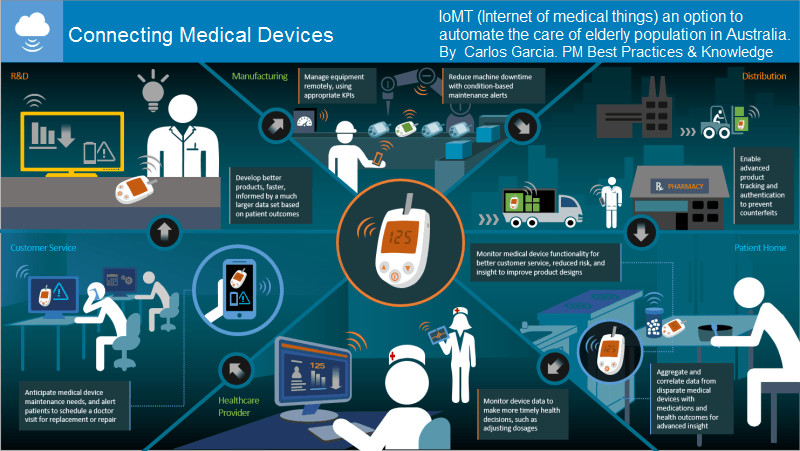
The Integration Advantage
Healthcare providers are continually seeking solutions that can seamlessly integrate with their existing systems, electronic health records (EHRs), and other technologies to streamline workflows and enhance operational efficiency. By developing offerings that prioritize interoperability, healthcare tech companies can differentiate themselves in a crowded market and deliver tangible value to their clients.
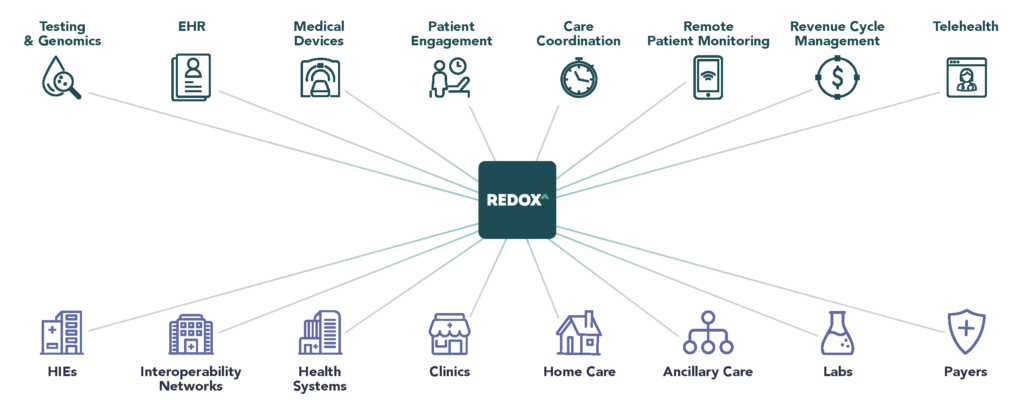
Take, for example, the success story of Redox, a healthcare integration platform that enables disparate systems to exchange data effortlessly. By focusing on interoperability from the outset, Redox has attracted a diverse range of healthcare providers and technology partners, driving impressive growth and securing significant funding. Their commitment to seamless integration has positioned them as a leader in the healthcare tech space, demonstrating the power of interoperability in action.

Complexities of Healthcare Data Exchange
One of the primary challenges in healthcare tech is navigating the complex web of data exchange standards and protocols. From HL7 to FHIR, the alphabet soup of acronyms can be daunting for companies looking to develop interoperable solutions. However, by investing in a deep understanding of these standards and building offerings that adhere to them, healthcare tech companies can ensure their products are well-positioned for seamless integration.
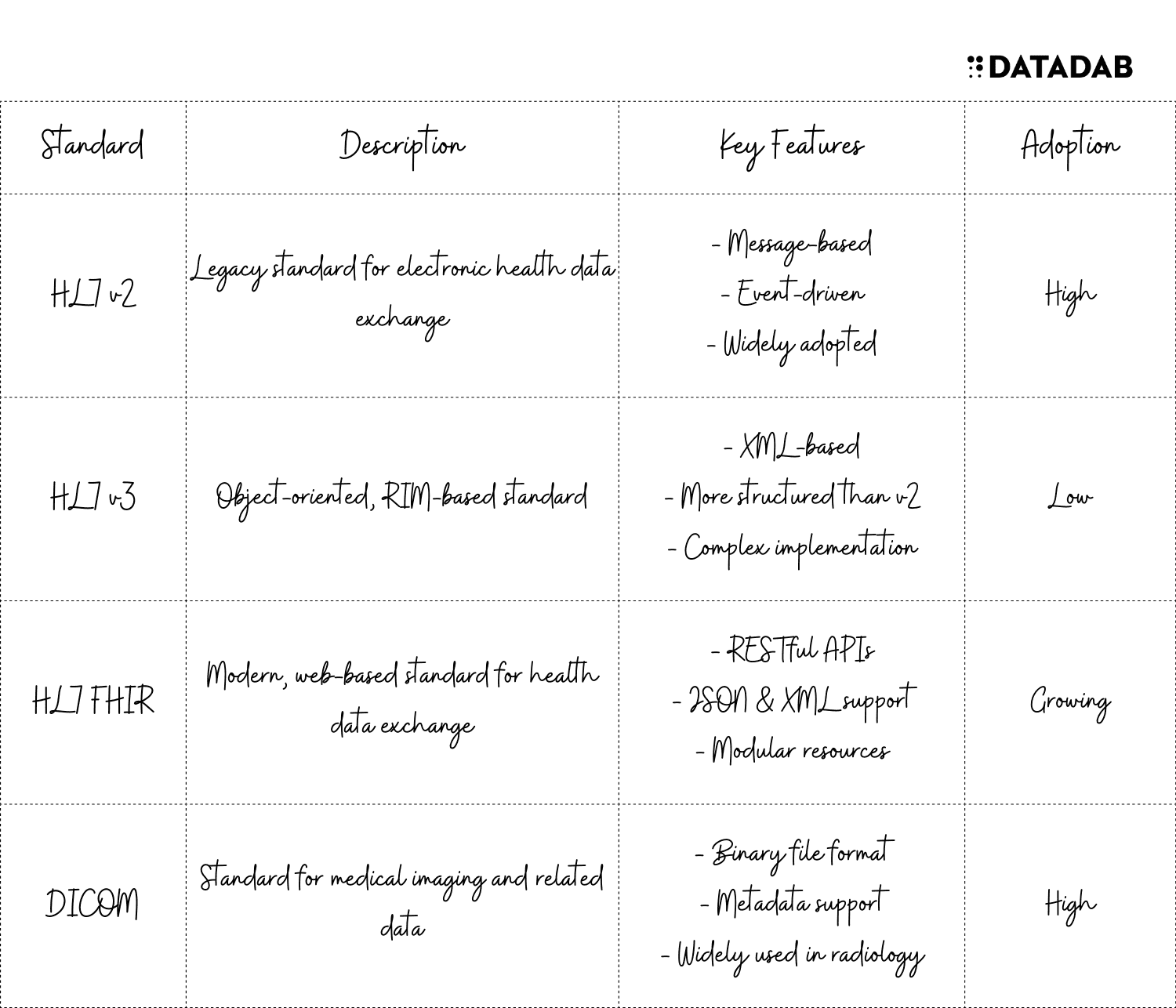
A prime example of this approach is the success of Cerner, a leading EHR vendor known for its commitment to interoperability. By actively participating in the development of data exchange standards and incorporating them into their products, Cerner has built a reputation for delivering solutions that integrate smoothly with a wide range of systems. This focus on interoperability has been a key driver of their growth and market dominance.
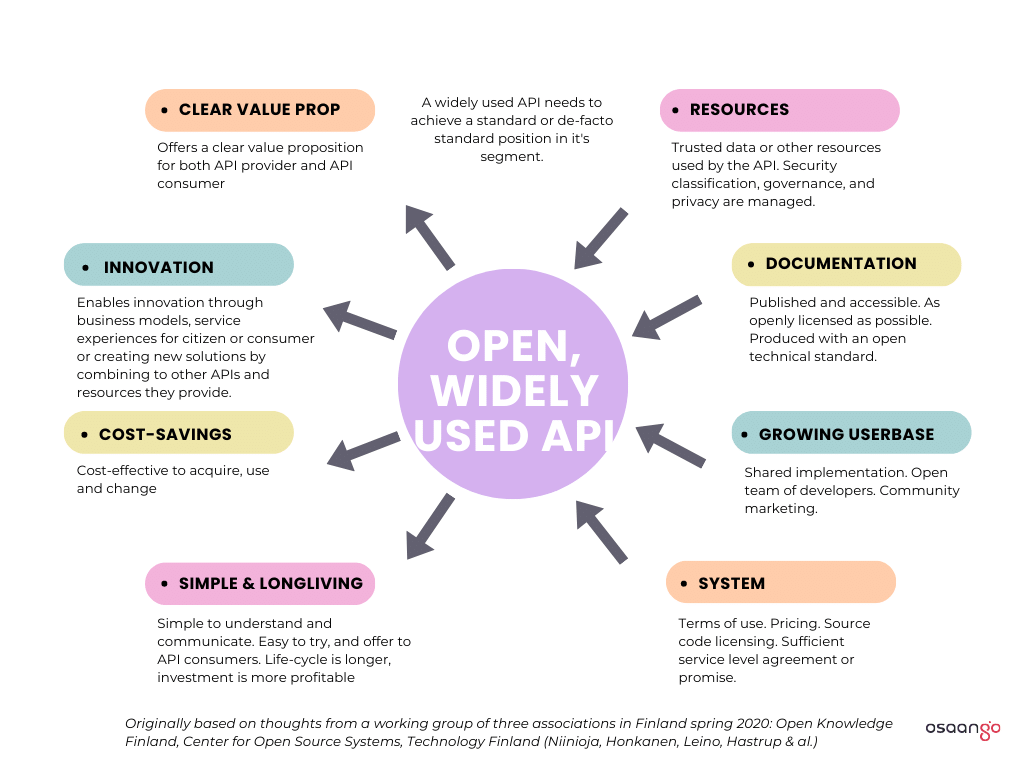
APIs and Open Standards for Seamless Integration
To facilitate seamless integration, healthcare tech companies should embrace the power of APIs and open standards. By providing well-documented, easy-to-use APIs, you enable healthcare providers and other technology partners to connect with your offerings effortlessly, fostering a thriving ecosystem of interoperable solutions.
| Architecture | Description | Pros | Cons |
|---|---|---|---|
| REST | Lightweight, web-based architecture using HTTP methods | - Widely adopted - Easy to implement and scale - Stateless |
- Limited support for complex workflows - Lack of built-in security features |
| SOAP | Protocol using XML for data exchange and WSDL for service definition | - Supports complex workflows - Extensive security features - Highly structured |
- Higher overhead compared to REST - Steeper learning curve - Less web-friendly |
| GraphQL | Query language and runtime for APIs, allowing clients to request specific data | - Flexible and efficient data retrieval - Reduces over-fetching and under-fetching - Strong typing and introspection |
- Relatively new, less mature ecosystem - Requires upfront investment in schema design - Potential for complex queries |
One company that has masterfully leveraged APIs to drive interoperability is Athenahealth. Their robust API platform, Athenahealth Marketplace, allows third-party developers to build applications that seamlessly integrate with Athenahealth's EHR system. This open approach has attracted a vibrant community of developers and partners, expanding Athenahealth's reach and solidifying their position as a leader in healthcare tech interoperability.
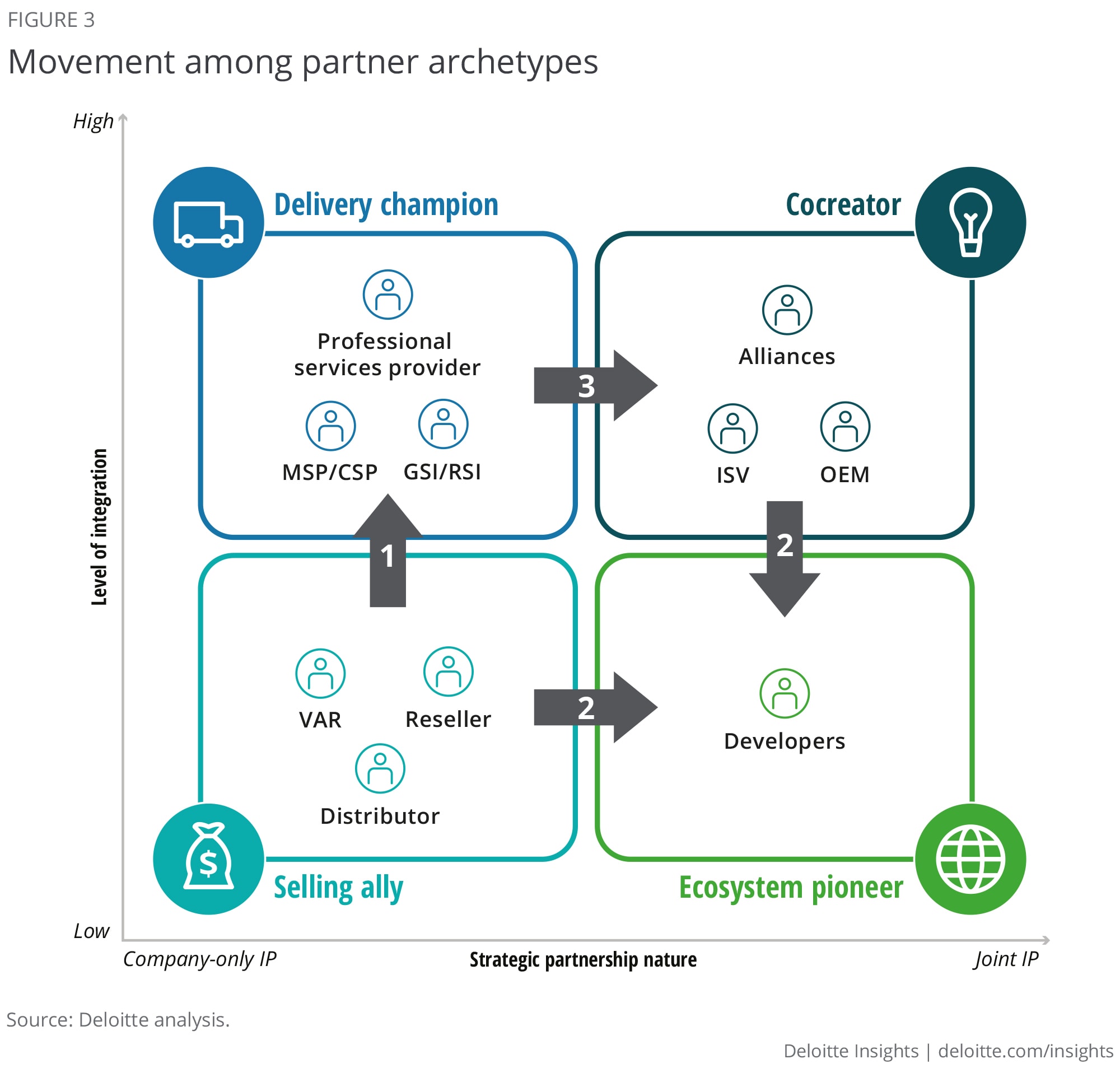
Partnerships and Ecosystems
In the quest for interoperability, healthcare tech companies should actively seek out partnerships and collaborate with other players in the ecosystem. By working together to develop integrated solutions, companies can leverage each other's strengths, share knowledge, and create offerings that deliver greater value to healthcare providers.
A notable example of successful collaboration is the partnership between Apple and leading EHR vendors such as Epic and Cerner. Through the Apple Health Records feature, patients can securely access their health information from multiple providers directly on their iPhones. This collaboration showcases the power of interoperability in improving patient engagement and empowering individuals to take control of their health data.
Value of Interoperability
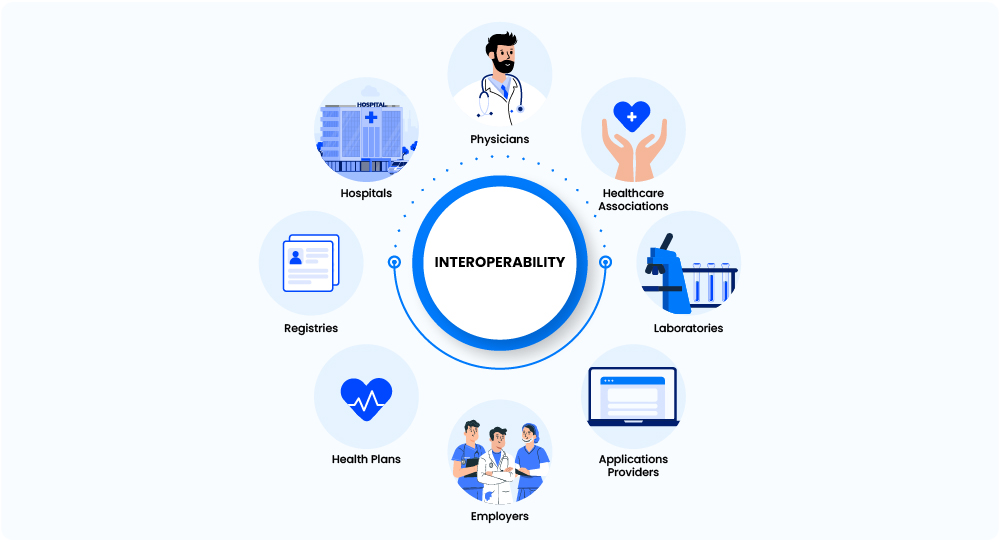
Despite the clear benefits of interoperability, some healthcare providers may be hesitant to adopt new technologies due to concerns about disruption to existing workflows or the learning curve associated with new systems. To overcome this resistance, healthcare tech companies must demonstrate the tangible value of their interoperable solutions and provide robust support to ensure a smooth transition.
| KPI | Description | Measurement |
|---|---|---|
| Data Exchange Volume | Amount of data successfully exchanged between systems | Number of transactions, message size |
| Data Quality | Accuracy, completeness, and consistency of exchanged data | Error rates, data validation metrics |
| Adoption Rate | Extent to which providers and systems adopt interoperable solutions | Number of connected systems, active users |
| Time to Integrate | Time required to integrate a new system or data source | Days or weeks from initiation to go-live |
| User Satisfaction | Satisfaction of end-users with the interoperable solution | User surveys, feedback, support tickets |
One effective strategy is to showcase real-world case studies and success stories that highlight the positive impact of interoperability on patient care, operational efficiency, and financial outcomes. By sharing concrete examples of how seamless integration has transformed healthcare delivery for your clients, you can build trust and confidence in your offerings.
Additionally, providing comprehensive training, onboarding support, and ongoing technical assistance can help healthcare providers feel more comfortable adopting new technologies. By investing in a strong support infrastructure, you demonstrate your commitment to your clients' success and differentiate your company as a trusted partner in the healthcare tech space.

The Future of Healthcare Tech
As the healthcare industry continues to evolve, the importance of interoperability will only continue to grow. Healthcare tech companies that prioritize seamless integration and actively contribute to the development of interoperable standards will be well-positioned for long-term success.
| Maturity Level | Description | Data Exchange | Integration | Outcomes |
|---|---|---|---|---|
| Level 1: Minimal | Basic data exchange, limited integration | Manual, paper-based | Point-to-point interfaces | Siloed data, inefficient workflows |
| Level 2: Partial | Some electronic data exchange, limited standards adoption | Batch processing, HL7 v2 | Interface engines, custom integrations | Improved data access, but still fragmented |
| Level 3: Advanced | Structured data exchange, adoption of common standards | Real-time, HL7 v3, FHIR | APIs, middleware, SOA | Streamlined workflows, better care coordination |
| Level 4: Optimal | Seamless, real-time data exchange, full standards adoption | Fully interoperable, FHIR-based | Microservices, cloud integration | Intelligent, data-driven decision support |
By embracing interoperability as a core component of your growth strategy, you can differentiate your offerings, attract forward-thinking healthcare providers, and drive meaningful improvements in patient care. The future of healthcare tech belongs to those who can break down silos, facilitate seamless data exchange, and deliver integrated solutions that empower providers and patients alike.
The interoperability imperative is clear: healthcare tech companies that prioritize seamless integration will be the winners in an increasingly competitive landscape.
To make the healthcare technology adoption process easier, focus on ensuring your solutions work seamlessly with systems already in place. Using standard APIs and open formats will enable easy integration. Partnering with other vendors to expand compatibility is also key. Finally, clearly show how interoperability benefits both providers and patients. By taking these steps, you'll set your company up to succeed while helping shape the future of how healthcare is delivered.
FAQ
1. What is interoperability in healthcare technology?
Interoperability in healthcare technology refers to the ability of different systems, devices, and applications to exchange and make use of data seamlessly, enabling better communication, collaboration, and coordination across the healthcare ecosystem.
2. Why is interoperability important for healthcare tech companies?
Interoperability is crucial for healthcare tech companies because it allows them to create solutions that integrate seamlessly with existing systems and workflows, providing a competitive advantage, improving user adoption, and driving long-term growth.
3. What are some common challenges in achieving interoperability?
Some common challenges in achieving interoperability include navigating the complexity of healthcare data exchange standards, ensuring data security and privacy, managing legacy systems, and overcoming resistance to change among healthcare providers.
4. How can healthcare tech companies leverage APIs for interoperability?
Healthcare tech companies can leverage APIs by developing well-documented, easy-to-use, and standards-compliant APIs that enable third-party developers to build applications that seamlessly integrate with their offerings, fostering a thriving ecosystem of interoperable solutions.
5. What are some key healthcare data exchange standards?
Some key healthcare data exchange standards include HL7 (Health Level Seven) v2, HL7 v3, HL7 FHIR (Fast Healthcare Interoperability Resources), and DICOM (Digital Imaging and Communications in Medicine).
6. How can partnerships help drive interoperability in healthcare tech?
Partnerships can help drive interoperability by allowing healthcare tech companies to collaborate, share expertise, and create integrated solutions that leverage each other's strengths, resulting in more comprehensive and seamless offerings for healthcare providers.
7. What are some strategies for overcoming resistance to change in adopting interoperable solutions?
Strategies for overcoming resistance to change include demonstrating the tangible value of interoperability through case studies and success stories, providing comprehensive training and support, and offering pilot programs or phased implementations to help healthcare providers adapt gradually.
8. How can healthcare tech companies measure the success of their interoperability initiatives?
Healthcare tech companies can measure the success of their interoperability initiatives by tracking key performance indicators (KPIs) such as data exchange volume, data quality, adoption rates, time to integrate, and user satisfaction.
9. What role do open standards play in achieving interoperability?
Open standards play a critical role in achieving interoperability by providing a common language and framework for data exchange, enabling different systems to communicate and collaborate effectively, and promoting innovation and flexibility in the healthcare tech ecosystem.
10. How can healthcare tech companies stay ahead of the curve in an evolving interoperability landscape?
Healthcare tech companies can stay ahead of the curve by actively participating in industry forums and working groups, staying up-to-date with the latest developments in interoperability standards, investing in continuous innovation, and fostering a culture of adaptability and collaboration within their organizations.






